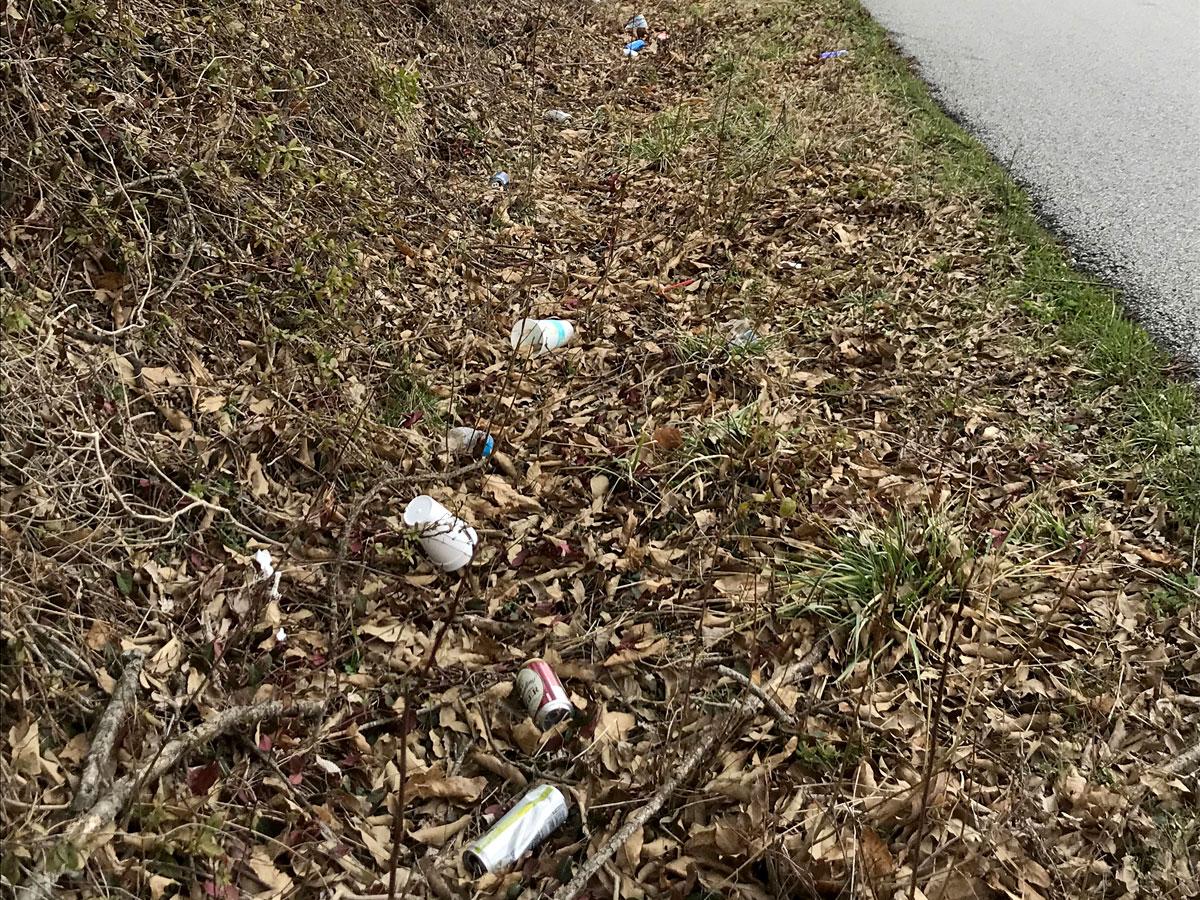Date Published: July 30, 2020
Roadside trash and litter. We’ve all seen it and some of us have even contributed to it. So, what’s the big deal? How does that plastic cup on the side of the road make it all the way to the ocean and what can be done about it?
Litter thrown out of a car window or dropped on the street doesn’t just stay in that spot. When it rains, the litter gets washed into storm drains or ditches. In the case of ditches, the floating trash then moves on to smaller creeks and then to rivers. If a city has a combined sewer system then it can lead directly to rivers during large rain events. These rivers all eventually end up at the ocean where the trash can contaminate the environment and cause harm to sea life. Some of the trash also contributes to the Great Pacific Garbage Patch.
What is the Great Pacific Garbage Patch?
If you’ve never heard of or read about the Great Pacific Garbage Patch then you should know it poses a great environmental impact on the ocean. Many people believe that it is a large, continuous area of easily visible floating trash and marine debris. However, this is not the case. While the trash and plastic is highly concentrated in this area, most of it is just below the surface of the water and not visible to the naked eye.
Due to wind and wave action, the debris is continuously mixed and then dispersed in the top portion of the water column. A ship could sail through the “Great Pacific Garbage Patch” and see very little to no debris on the surface of the water. This makes it very difficult to manage and collect the debris once it has made it that far into the ocean. It has been estimated that the amount of plastic in the ocean ranges from anywhere between 4.7 and 12.8 million metric tons and 90% of this is flushed from only 10 different rivers. Ideally, this floating trash would be stopped further in its journey through our waterways.
What can you do to help stop the flow of plastic trash from the roadside to the ocean?
There are several ways that you can help keep that plastic from ever reaching the world’s oceans. Here are just a few strategies that you and other groups can use to solve the problem.
Reduce your plastic use: Have you ever tried to count all of the plastic items you use on a daily basis? Plastic touches our lives on a daily basis. But we can reduce the amount of disposable products that we use such as straws, plastic cups, and plastic bags. Instead, try to use metal or bamboo straws and take your own reusable bags to the grocery store.
Participate in roadside and river cleanup events: There are many volunteer groups that hold organized cleanup events. You can find one in your area and help pick up roadside trash or clean up marine trash in rivers.
Talk to your local municipalities about what they are using to contain and control floating trash. Elastec also manufactures products that contain, control, or skim floating plastic trash and debris. Our solutions include containment boom, collection devices like the Brute Bin and trash skimming vessels like the Omni Catamaran and for smaller community groups we have a new Bottle Boom that can be easily deployed in ditches and runoff ponds. Contact us to learn more about our solutions for containing and collecting plastic pollution.
